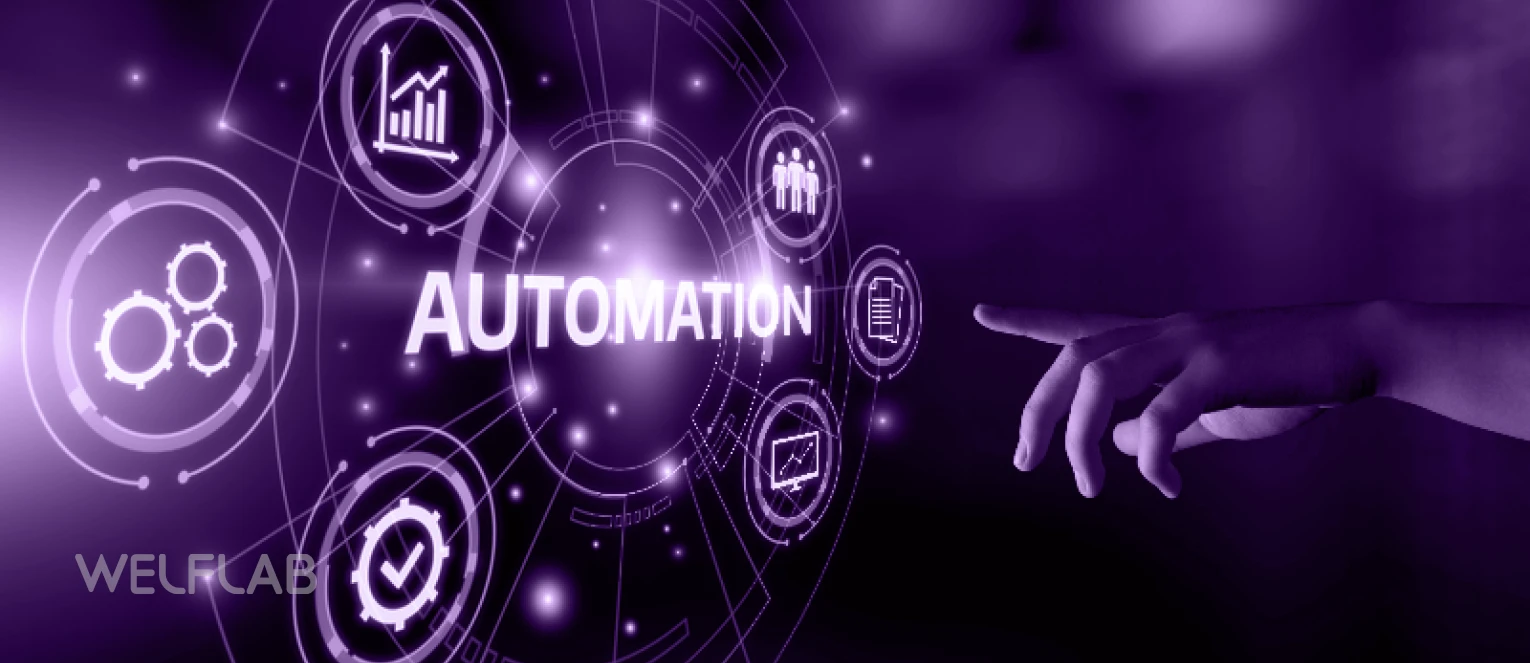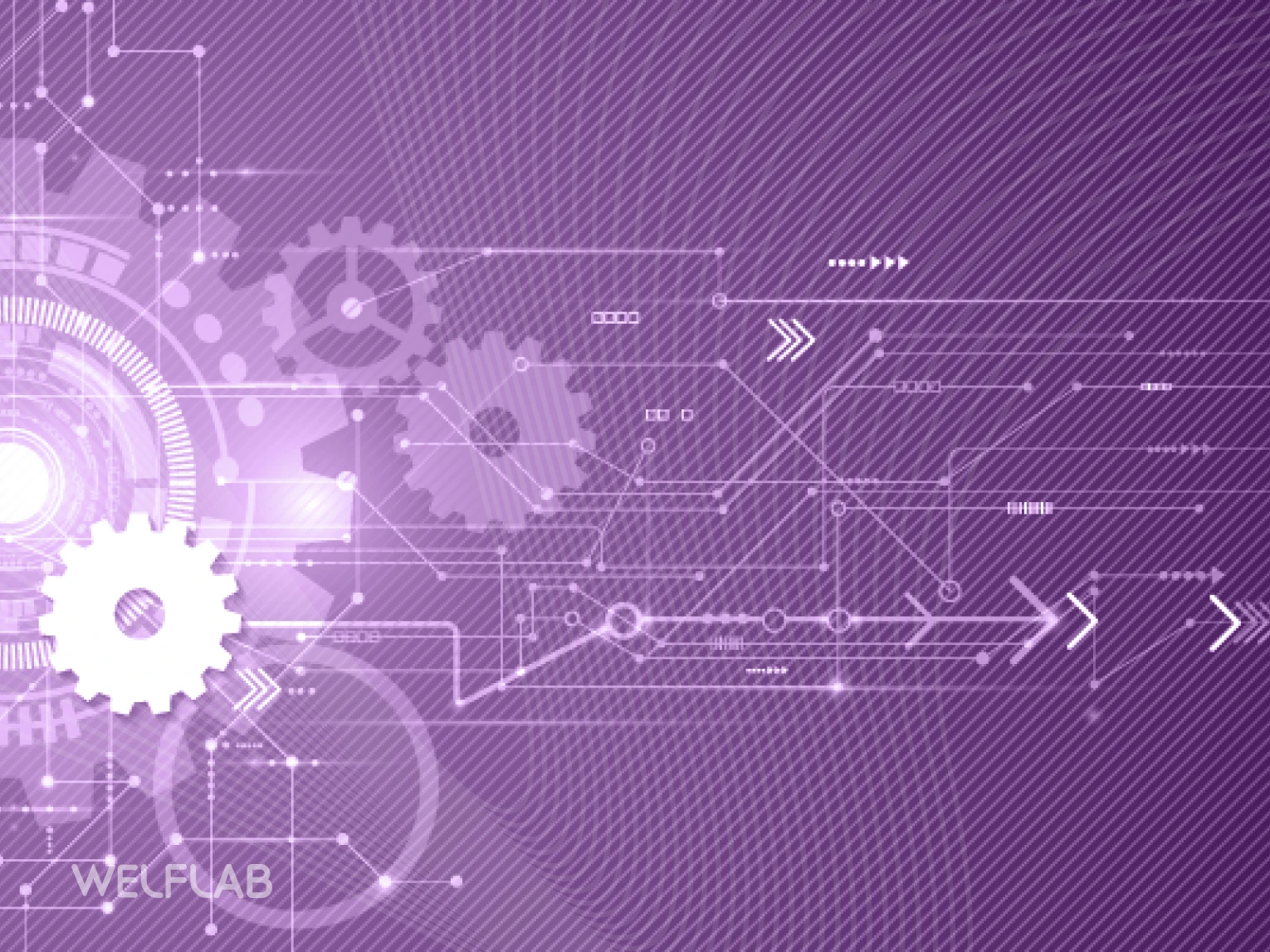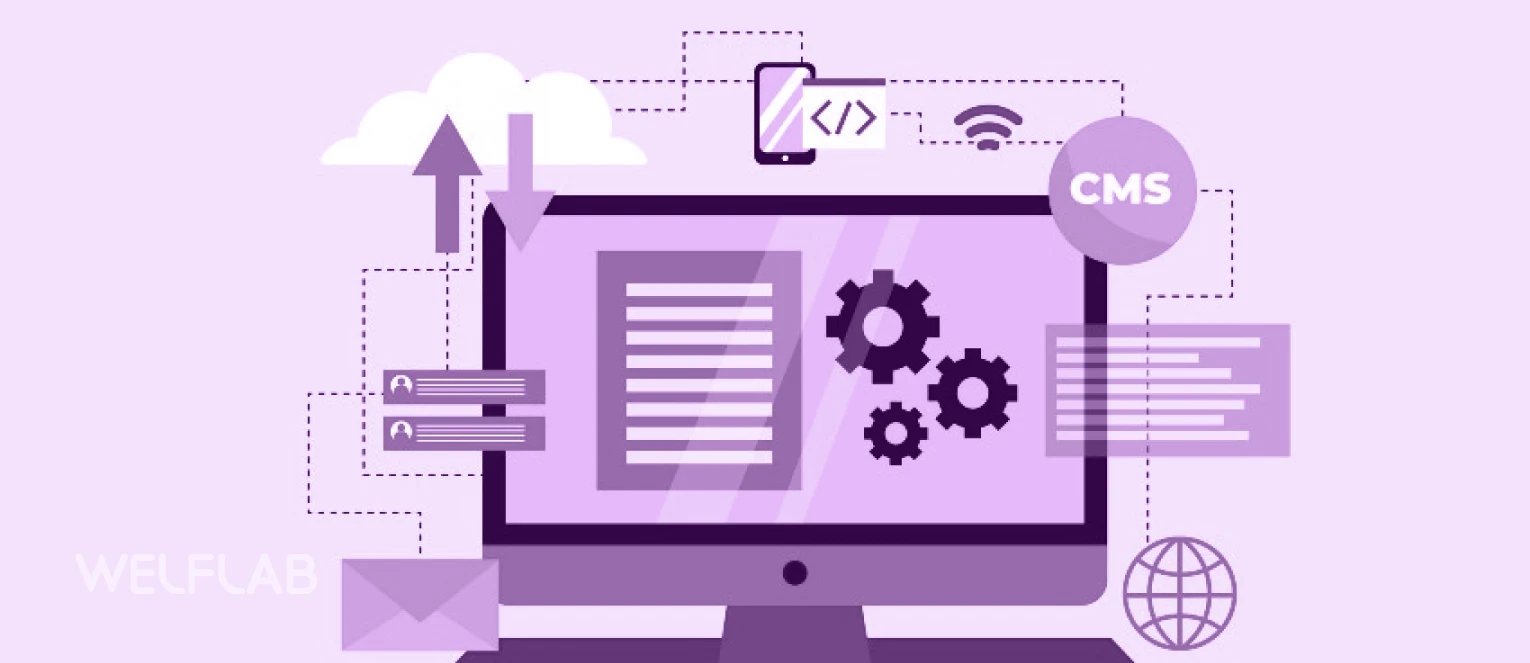Companies frequently search for methods too improve their activities and increase effectiveness in todays hectic digital world. This is where IT automation could be beneficial. The activity of automating repetitive procedures and processes inside an organization repetitive procedures and processes inside an organization’s information technology infrastructure is referred to as IT automation. IT automation minimizes manual intervention while also optimizing resources allocation, reducing errors, and improving overall efficiency by employing modern technologies such as artificial intelligence and machine learning.
Key Components Of It Automation: Understanding Ai, Machine Learning, And Process Automation
Understanding AI, Machine Learning, and Process Automation are key components of IT automation. AI refers to the development of intelligent machines that can perform tasks requiring human-like intelligence. Machine learning enables computers to learn from data and improve their performance without explicit programming. Process automation involves automating repetitive tasks or business processes using technology. Together, these components empower organizations to streamline operations, reduce human error, increase efficiency, and achieve higher productivity levels.
By harnessing the power of AI, machine learning, and process automation, businesses can stay competitive in today’s rapidly evolving technological landscape.

Streamlining Service Delivery With It Automation: Incident Resolution And Asset Management
Streamlining service delivery with IT automation is essential for efficient incident resolution and asset management. By automating repetitive tasks, such as ticket routing or password resets, IT teams can save valuable time and resources. Incident resolution becomes faster and more accurate, minimizing downtime and ensuring prompt customer support. Additionally, IT automation enables seamless asset management by automatically tracking hardware and software inventory, updating licenses, and identifying potential risks or vulnerabilities.
With streamlined service delivery through IT automation, organizations can enhance productivity, improve customer satisfaction, and optimize resource allocation.
Enhancing Security And Risk Management Through Automation Tools And Configuration Management
Enhancing security and risk management through automation tools and configuration management is a vital aspect of modern business operations. Automation streamlines security processes, allowing for quicker identification and response to potential threats. By automating routine tasks such as patching, system updates, and vulnerability scanning, organizations can minimize human error and reduce the likelihood of security breaches. Furthermore, configuration management ensures that systems are consistently aligned with established security standards.
Through automated monitoring, auditing, and enforcement of configurations, businesses can proactively mitigate risks and maintain a robust security posture. Ultimately, these automation tools empower organizations to stay ahead in an ever-evolving threat landscape.
Maximizing Efficiency With Cloud And Network Automation: Orchestration And Integration
In today’s rapidly evolving digital landscape, businesses are increasingly turning to automation to streamline their operations and maximize efficiency. Cloud and network automation play a pivotal role in this transformation, enabling organizations to orchestrate complex tasks seamlessly. Through automated processes, businesses can eliminate manual interventions, reduce human errors, and accelerate response times. Furthermore, integration between cloud platforms and networks allows for seamless data flow, ensuring real-time visibility across the entire infrastructure.
By harnessing the power of cloud and network automation together, organizations can achieve higher productivity levels while effectively managing resources.
The Future Of It Infrastructure: Scalability, Rapid Response Time, And Time Savings Through Automation Frameworks
As technology continues to evolve, the future of IT infrastructure lies in embracing automation frameworks. Scalability, rapid response time, and time savings are key advantages offered by these frameworks. By automating repetitive tasks and processes, organizations can efficiently manage their growing infrastructures without compromising on performance. The ability to scale seamlessly enables businesses to adapt to changing demands and handle increased workloads effortlessly.
Additionally, automation ensures quick response times by eliminating manual intervention, allowing for faster issue resolution and improved customer satisfaction. Ultimately, the adoption of automation frameworks empowers IT teams to achieve optimal efficiency while saving valuable time resources.
Digital Transformation And It Automation: Revolutionizing Businesses For Efficiency And Productivity
Digital transformation and IT automation are revolutionizing businesses by enhancing efficiency and productivity. With the rapid advancements in technology, organizations are embracing digital solutions to streamline their operations. Automation enables businesses to automate repetitive tasks, reducing manual errors and saving time. Additionally, it allows for seamless integration of different systems and applications, leading to improved data accuracy and accessibility. This transformation empowers employees by freeing them from mundane tasks, enabling them to focus on more strategic initiatives.
Ultimately, the integration of digital technologies and IT automation drives increased efficiency and productivity within organizations, resulting in significant competitive advantages.
Harnessing The Power Of Ai In It Automation: Exploring Machine Learning And Artificial Intelligence
As technology continues to advance rapidly, the integration of machine learning and artificial intelligence (AI) has become a game-changer in IT automation. With machine learning algorithms, systems can analyze and learn from vast amounts of data, enabling them to make intelligent decisions and automate complex tasks. AI-powered automation not only enhances efficiency but also improves accuracy by reducing human errors. Additionally, AI can detect anomalies or potential issues before they escalate into major problems, allowing for proactive troubleshooting.
Optimizing Service Delivery With It Automation: System Monitoring, Incident Resolution, And Asset Management
Optimizing service delivery with IT automation involves streamlining various processes such as system monitoring, incident resolution, and asset management. By implementing automated tools and systems, organizations can monitor their IT infrastructure in real-time, ensuring uninterrupted performance and identifying potential issues before they escalate. Incident resolution is expedited through automated workflows that swiftly detect and address problems, minimizing downtime. Furthermore, IT automation enables efficient asset management by automatically tracking hardware and software assets throughout their lifecycle.
This comprehensive approach to automation enhances service delivery by reducing manual effort, enhancing efficiency, and improving overall operational effectiveness.
The Role Of Change Management In Successful It Automation Implementation
The role of change management in successful IT automation implementation is crucial for ensuring a smooth transition and maximizing the benefits of automation. Change management involves effectively communicating the purpose and benefits of automation to all stakeholders, including employees who may be resistant to change. It also involves training and upskilling employees to adapt to new automated processes and technologies. By addressing any concerns or resistance early on, change management helps create a positive mindset towards automation, fostering employee engagement and collaboration throughout the implementation process.
This ultimately leads to a successful IT automation implementation with improved efficiency and productivity.
Strengthening Security Measures Through Automation Tools And Security Automation
Strengthening security measures through automation tools and security automation is a crucial aspect in today’s digital landscape. With the increasing sophistication of cyber threats, organizations are turning to automated solutions to enhance their security posture. Automation tools enable real-time monitoring and detection of potential vulnerabilities, ensuring swift response and mitigation. Additionally, security automation streamlines routine tasks such as patch management, identity verification, and incident response, reducing human error risks.
By implementing these measures, organizations can proactively protect sensitive data, strengthen network defences, and safeguard against emerging threats in an efficient and effective manner.




